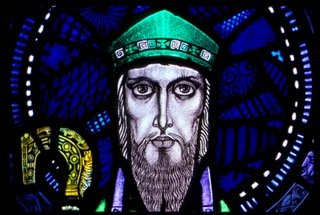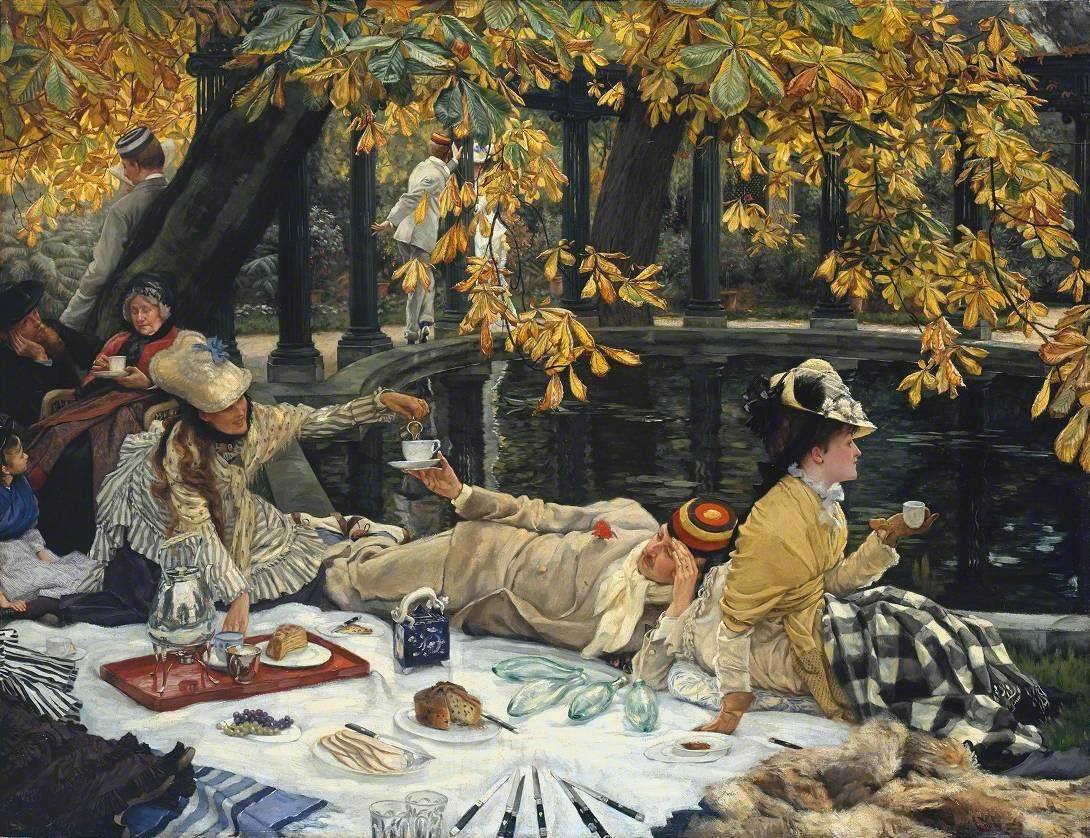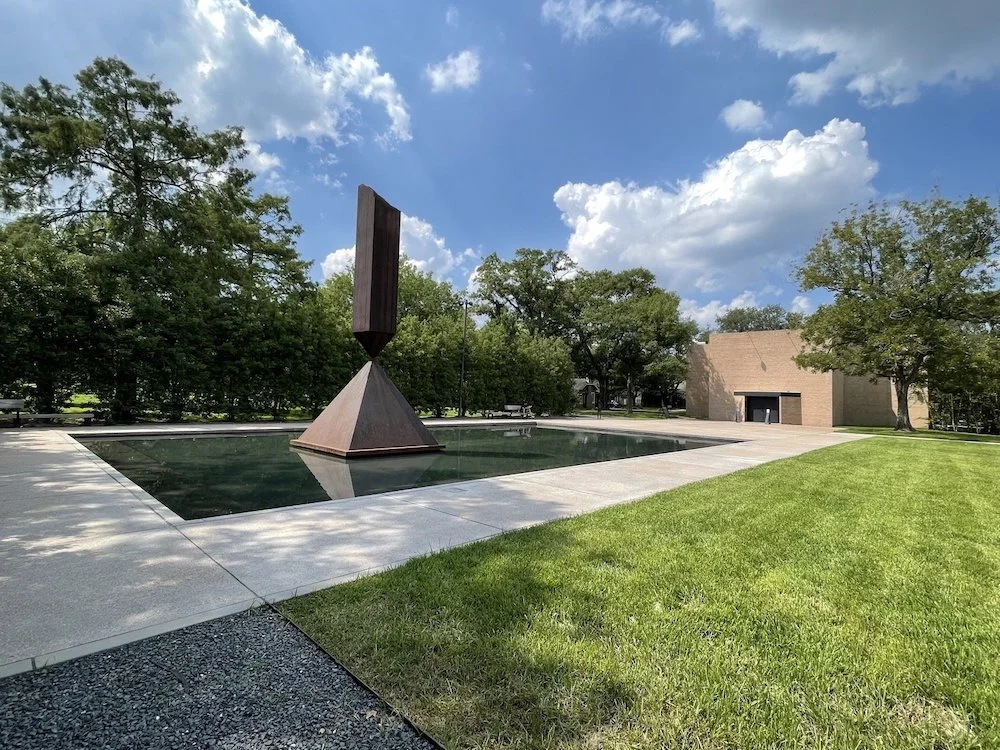(REVIEW) Jelly Roll, a musician with an unusual name, featured in the documentary “Save Me” shows a redemption journey still in progress. The gritty country singer rose to fame with his breakout song “Save Me.” The documentary gives fans a look into a troubled person that has chosen to walk a path of grace through music.
Read MoreTourists and pilgrims despairing about finding a genuine souvenir of their visit to the Holy Land that wasn’t mass-manufactured in China, India, Turkey or Egypt might wish to consider visiting the Bethlehem Icon Centre — perhaps the only school in the Middle East that teaches the ancient Christian tradition of iconography.
Read More(ANALYSIS) Besides being close in age, Gioia (born 1950) and La Rocca (born 1951) are both half Italian on their fathers’ side, and both are from working class families. Gioia’s ethnic heritage on his mother’s side is Mexican. La Rocca’s ethnic heritage on his mother’s side is Ukrainian. Both poet and composer are roughly of the same generation as Archbishop Cordileone, who was born in 1956.
Read More(ANALYSIS) There is an unstudied wisdom in the defiant, dirty beats of hip-hop, and even religious dimensions – a focus of my research today, which explores the prophetic and even mystical elements in the genre. Its lyrics can be sweet like honey, as the biblical prophet Ezekiel describes the scroll of the Lord. Yet they can also be bitter, like the herbs of Passover – a remembrance of pains and indignities.
Read MoreOne of the most majestic displays of religious art a visitor can find in Naples — if not anywhere in the Catholic world — is known as the “Treasure of San Gennaro.” Located in Naples’ historic city center (which is also famous for artisans and nativity scenes), the area has been designated a UNESCO World Heritage Site.
Read More(REVIEW) More books have been written about St. Francis of Assisi than virtually any other historical figure after Jesus Christ. In the Italian town of his birth, he is even the subject of an entire bookstore. As this enthralling exhibition at The National Gallery demonstrates, the revered saint also captured the imaginations of artists who have for generations told his remarkable story without the need for words.
Read MoreIt turns out New Orleans is more than Bourbon Street, burlesque and beads. The New Orleans Museum of Art, located five miles from the city’s downtown, isn’t afraid to pay homage to the state’s French colonial roots that have connections to Catholicism.
Read MoreWashington, D.C.’s Museum of the Bible is fascinating for Christians of all denominations and even for people who identify with another faith tradition. The museum — in addition to highlighting Hebrew texts and the time Jesus lived — also integrates how the Bible and Christianity have influenced American culture and society since the early 1600s to the present.
Read More(OPINION) In the latest wrinkle in what researchers have long called the "worship wars," some church leaders are asking a blunt question about the decision to trade traditional hymnals for contemporary Christian music. That question: Has the typical Sunday service become a semiprofessional concert instead of a communal worship experience for all believers?
Read MoreThe windows keep drawing your eyes to study the images. The telling, minute details — lines in a beard, expressions on faces — are detailed in ways that make other stained glass windows seem dull. The color palate is more brilliant - like an LED screen from the 2000s rather than the picture tube technology from the 1980s. Instead of pastel colors found in other stained glass works, these hold bold, rich jewel tones.
Read MoreJames Tissot (1836–1902) was a French artist whose work enjoyed enormous popularity and brought him great wealth. His works lost status soon after his death. In the following decades, when the art world turned against figurative art and the culture scorned religious faith, Tissot’s reputation faded because his art was both figurative and predominantly religious.
Read More(REVIEW) Erwin Blumenfeld was the perfect fashion photographer. The Museum of the Art and History of Judaism in Paris is showcasing this work in over 180 photographs with the temporary exhibit “The Trials and Tribulations of Erwin Blumenfeld, 1930-1950.” It spans Blumenfeld’s most active and influential period.
Read MoreYing Zhang, associate professor of history at Ohio State University, is exploring the connections among prison, art and religion in a unique and meaningful way. Her lecture at The American Academy in Berlin accompanies her new book and discusses the way incarceration limits religious freedom.
Read More“Lives of the Gods: Divinity in Maya Art,” a new exhibit at the Metropolitan Museum of Art in New York, explores the role of religion in Classic Maya society with developments from the past few decades. It presents the culture as one where gods are deeply interwoven with everyday life.
Read More(ESSAY) What is now the Rothko Chapel in Houston, Texas, has become a pilgrimage destination for some and an enigma to others. Mark Rothko has long been the mid-century artist whose work I thought had the most to say about the human condition. As a reader of Nietzsche and Kierkegaard, Rothko often said that tragedy was at the heart of human experience — that in solitude our deep loneliness was palpable.
Read More(REVIEW) Defining photographer David LaChapelle is known for his celebrity portraits and his use of surreal stages highlighted with bright colors. His work is also deeply religious, often modernizing popular Renaissance art and imagining Jesus in the present day. His exhibit “make Believe” at Fotografiska in New York is a spiritual environment to take in his work and belief.
Read More














